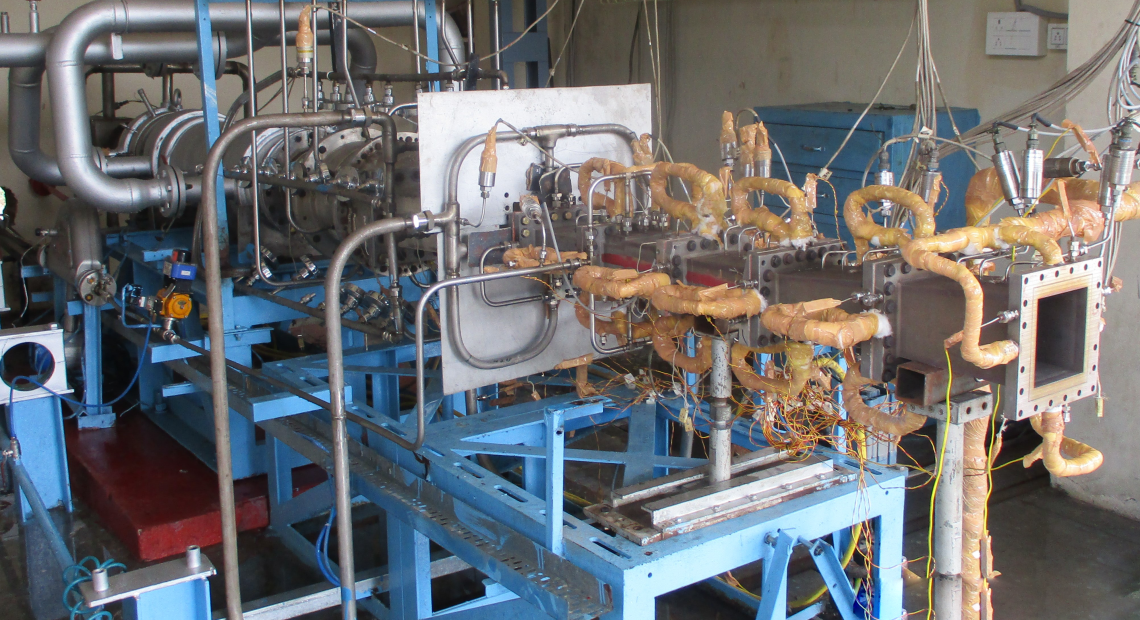
Breaking Down The News: India’s Scramjet Breakthrough and What It Means for Our Future
On April 25, 2025, India quietly crossed a major milestone in advanced defense technology. The Defence Research and Development Organisation (DRDO) successfully conducted a ground test of a scramjet engine for over 1,000 seconds at Hyderabad’s Defence Research & Development Laboratory (DRDL). Though it might sound technical, this achievement pushes India closer to mastering the future of warfare — hypersonic weapons.
Here’s a simple breakdown of what this news means for India and for all of us.
What Exactly Is a Scramjet Engine?
Imagine flying so fast that the air itself gets compressed enough to fuel your engine. That’s basically how a scramjet works. Unlike normal jet engines that use spinning fans and turbines, scramjets have no moving parts. They rely on incredible speed — faster than the speed of sound — to compress incoming air and burn fuel directly.
One important point: a scramjet cannot start from zero. It needs to be moving very fast already (around Mach 4–5) to begin working. Once active, it can push a missile or aircraft to speeds of Mach 5 or higher — more than 6,000 kilometers per hour.
How Is This Different from the Missiles India Already Has?
India’s current best missile, the BrahMos, is already supersonic, flying at about Mach 3. But a scramjet engine will allow future missiles to fly twice as fast, at hypersonic speeds.
Why does it matter?
Hypersonic missiles can evade enemy radar and missile defenses easily.
They reduce enemy reaction time almost to zero.
They can strike critical targets faster and with more precision.
In short, they are the next generation of weapons.
What Has India Achieved So Far?
India’s journey into scramjet technology started years ago:
In 2016, ISRO successfully tested a basic scramjet experiment for a few seconds.
In 2020, DRDO launched the Hypersonic Technology Demonstrator Vehicle (HSTDV), proving that India could fly a scramjet engine at Mach 6.
And now, in 2025, the engine has been ground-tested for a full 1,000 seconds — a major validation that India’s designs are ready for real missions.
The next logical step is testing these engines on actual hypersonic cruise missiles, which could happen in the next couple of years.
How Does India Compare to Other Countries?
Today, only a handful of countries — the United States, China, and Russia — have successfully tested or deployed hypersonic weapons. China’s DF-ZF hypersonic glide vehicles are already operational. Russia claims to have deployed the Avangard system. The US is testing multiple hypersonic platforms.
India is now closing the gap. This successful scramjet test shows that India is not only catching up but is on track to become the fourth country with operational hypersonic capability.
What Will India Use Scramjet Technology For?
The immediate application will be:
Hypersonic Cruise Missiles, such as the planned BrahMos-II.
Faster, more survivable strike options against high-value or time-sensitive enemy targets.
Longer-range precision strikes deep inside enemy territory.
In the future, scramjet tech could even lead to spaceplane designs, reducing costs and time for satellite launches.
Why Should the Common Man Care?
Stronger Security: Hypersonic missiles would strengthen India’s deterrence against major threats.
Technological Pride: Mastery over scramjet engines reflects India’s growing power as a technological and military leader.
Economic Spin-offs: Research in high-temperature materials, cooling systems, and propulsion can eventually lead to better everyday technologies — from faster aircraft to stronger industrial materials.
The Road Ahead
While the successful test is a major achievement, building an actual missile that can be deployed by the military will take more work — including flight testing, operational trials, and production scaling.
Still, there’s no doubt: India has made a giant leap into the future of warfare.
The day when Indian hypersonic missiles patrol the skies is no longer a distant dream — it’s now a question of “when,” not “if.”


















